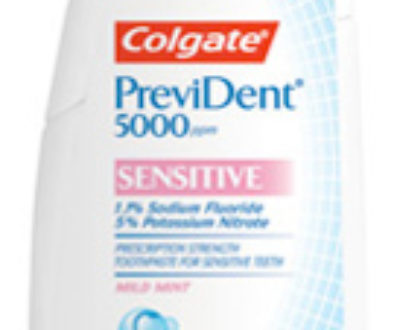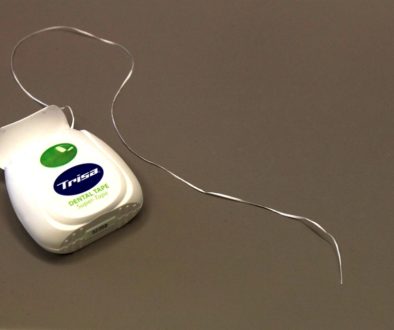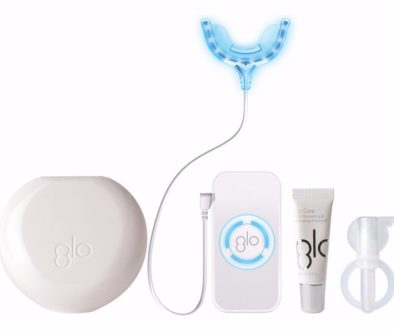Why You Should Replace Your Toothbrush Regularly
 Did you know that it is recommended you replace your toothbrush every three months? Most people don’t. I’ve found that most of my patients only replace theirs when they come in for their 6 month check-up and get another free toothbrush from me. Hopefully after reading this I can convince you to spring for that one extra toothbrush every three months!
Did you know that it is recommended you replace your toothbrush every three months? Most people don’t. I’ve found that most of my patients only replace theirs when they come in for their 6 month check-up and get another free toothbrush from me. Hopefully after reading this I can convince you to spring for that one extra toothbrush every three months!
Reasons to Replace Your Toothbrush Every Three Months….
Bacteria and fungi can grow on your brush. Your mouth is home to an incredible number of microorganisms. Using your toothbrush to clean your teeth will transfer some of these organisms on to your toothbrush. Most aren’t harmful but some could be. These could possibly get you sick or transfer to someone else’s toothbrush if it is close by. Replacing your toothbrush every 3 months will help to avoid any possible spread of these organisms.
The bristles wear out. Over time the bristles on your brush will wear out and get frayed. When they are at the point that you can see this fraying, they have been cleaning less effectively for some time already. Try to replace your toothbrush before they get to this point. You can also try brushing more softly to reduce the wear on your toothbrush (and protect your gums). Hard brushing will fray your toothbrush extremely quickly.
There are also some situations in which you should immediately replace your toothbrush…
- After you’ve recovered from the stomach bug. Your toothbrush can harbor the virus which can get someone else sick. It takes as few as 10 of these viral particles to get someone else sick!
- After strep throat. Same reason as the stomach bug.
- Someone else used your toothbrush. Microorganisms can easily spread by sharing toothbrushes.
- You cleaned the toilet with it.
Tips for cleaning and storing your toothbrush
Storing and cleaning your toothbrush properly will also help extend it’s life.
- Rinse your toothbrush off after each use.
- Store upright to allow it to dry most effectively.
- Store away from other toothbrushes (not touching).
- Don’t put it in a closed container. Damp, moist environments favor the growth of mold.
- There is limited evidence that putting it in an antibacterial solution or UV light chamber may help kill some of those microorganisms. After you’ve done this, take it out and let is dry in the open like normal.



